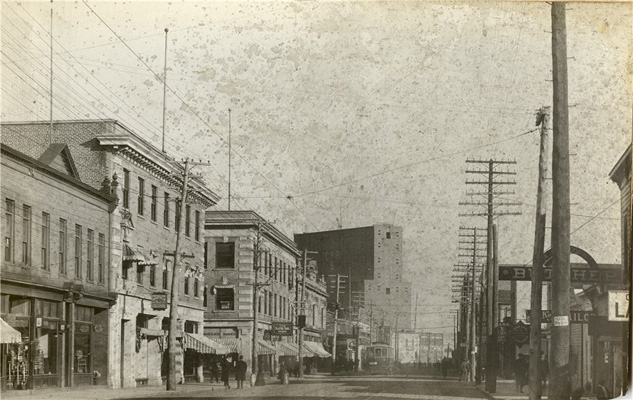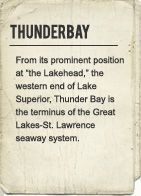Population
According to Census records there were 13 Jews residing in Fort William in 1901 and 3 in Port Arthur, with an additional 19 living in nearby Algoma district municipalities such as Keewatin, Rat Portage, Geraldton and Wabigoon. Directories and Census records indicate that Fort William always had the larger Jewish population numbers than did Port Arthur. As the older of the two communities, Fort William had a more established business district. Many of the early Jewish settlers lived near Finlayson Street, where the original shul was built. By 1911 there were 343 resident Jews in the area with 276 of them living in Fort William. The relatively short period of population growth can be jointly attributed to the northern settlement policy of the Canadian government and the economic opportunities for new immigrants in Fort William and Port Arthur.
The population numbers remained fairly stable through the next three decades, peaking at 390 Jewish residents in Port Arthur and Fort William by 1941. There was a 13.3 percent increase in Port Arthur’s Jewish population in the 1940s compared to Fort William’s population decrease of 28.7 percent in same period. This can be partially attributed to the purchasing of new houses, as members of the community could afford more modern homes in the suburbs of the cities and moved further away from the commercial centre of Fort William. There were no further large waves of immigration to either city. As the second and third generations of Jewish settlers began to leave for increased professional opportunities in Toronto, Winnipeg and other major centres, the Jewish population began to noticeably shift to an older demographic. During the 1950s and 1960s the Jewish population declined, with many older Jewish residents departing to be with their younger family members. In 1971 the Jewish population of the amalgamated city of Thunder Bay was estimated at between 100 and 150 persons, or less than .01 percent of the general population.








